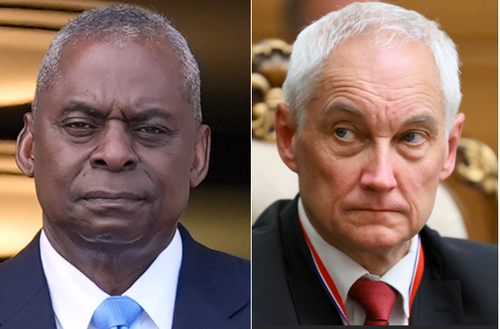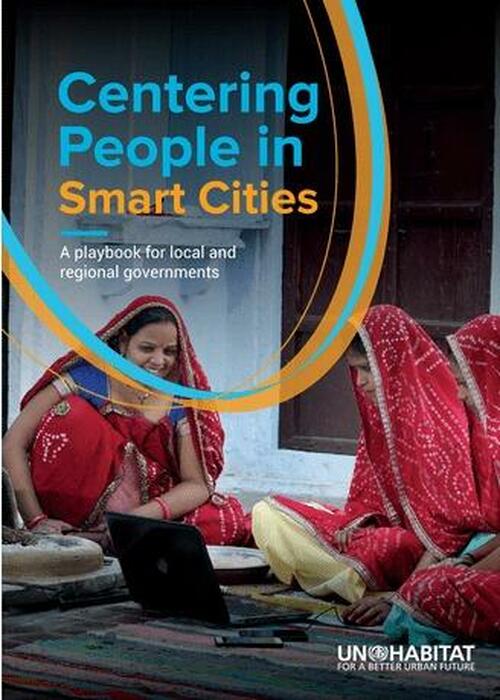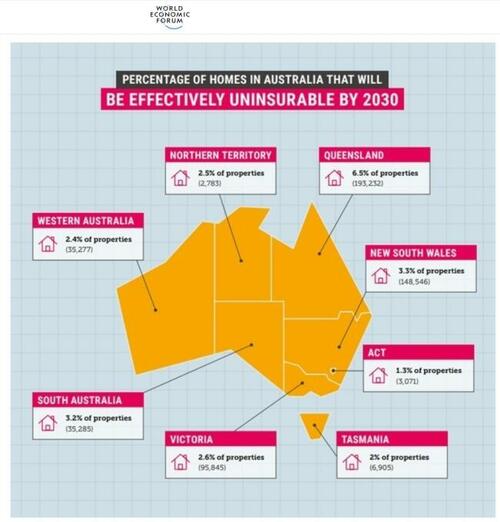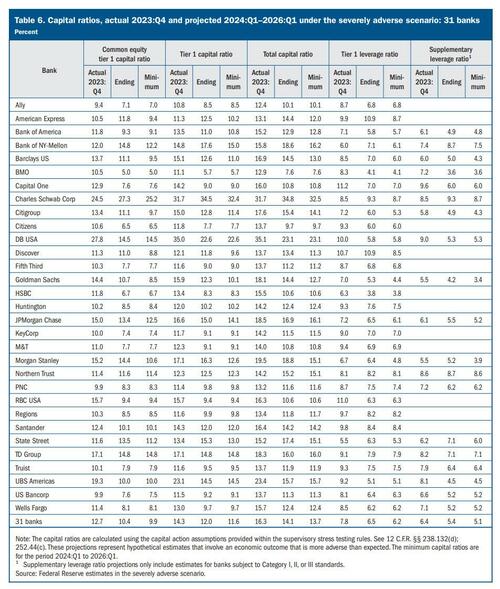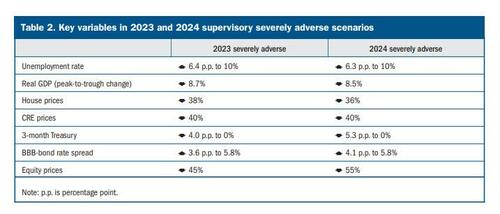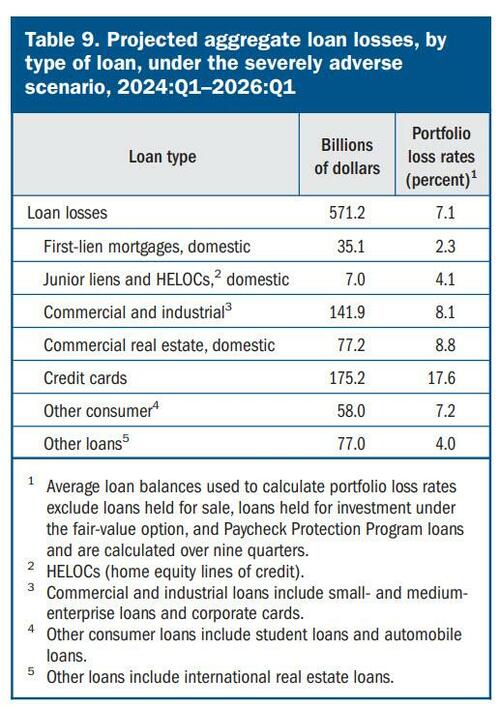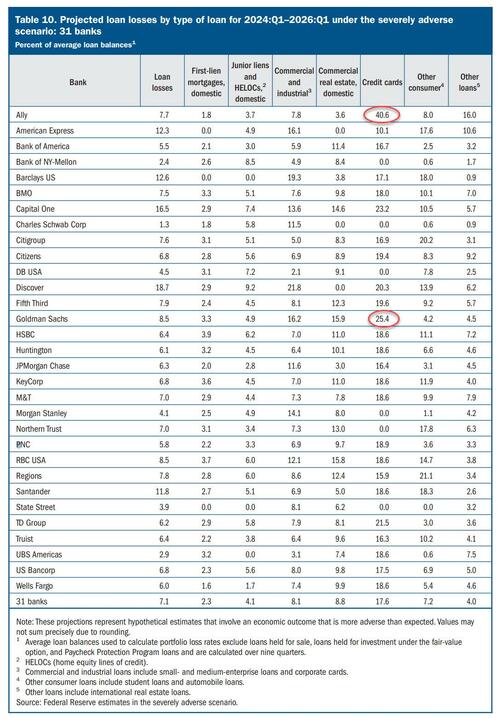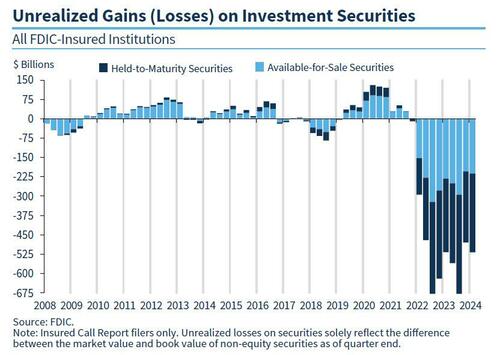Authored by Connor O’Keefe via The Mises Institute,
On Sunday, activists from the environmentalist organization Extinction Rebellion stormed the green in the final, pivotal moments of the Travelers Championship, a professional golf tournament. The protesters tossed red and white chalk and smoke bombs before being tackled to the ground by police. The stunt came days after two protesters with the group Just Stop Oil, a youth-led offshoot of Extinction Rebellion, sprayed orange paint on Stonehenge.

The environmentalist protesters who do stunts like this are refreshingly honest about the destructive nature of their ambitions.
They see the comforts and leisures of modern life as maladies to be eradicated in the name of saving the climate.
But while the means these protesters used in the two high-profile stunts last week have come under wide condemnation, the environmentalist ends of such groups enjoyed blind acceptance in the news media amid a couple dramatic heat waves playing out around the world.
Temperatures rose to record-breaking heights for June across the eastern United States late last week and over the weekend. The United Kingdom experienced a heat wave that, while mocked by many in the US for being laughably mild, brought temperatures far higher than the region is used to. Most dramatically, extreme heat killed over a thousand people during this year’s Hajj pilgrimage in Mecca, Saudi Arabia. Overall, more than fourteen hundred temperature records were broken around the world last week.
The media has had a field day showing scary red maps and bringing on hysterical “experts” to terrify audiences into thinking it’s only a matter of time before we’re all roasting to death. Unless, we’re told, we “stop putting carbon dioxide and methane in the atmosphere,” as Bill Nye said in the clip linked above and the Extinction Rebellion protesters demanded on the eighteenth green on Sunday.
But if the goal is to avoid heat-related deaths, the worst thing to do is ban fossil fuels.
Fossil fuels, through technologies like air conditioning and refrigeration, make us safer from heat waves like those experienced last week.
Air conditioning is an incredible invention that is too often taken for granted. Back in the 1840s, long before air conditioning, a Florida doctor named John Gorrie found that his patients recovered better from disease when placed in a cool room. Gorrie developed a system to cool hospital rooms, but it required huge blocks of ice to be cut and transported from frozen lakes and rivers in the northern states. Gorrie’s system made no sense logistically, but his method for cooling a room laid the foundation for what would become modern air conditioning.
Sixty years later, a New York engineer named Willis Carrier expanded upon Gorrie’s design by utilizing cooling coils to heat and cool air. These first air conditioning units took up an entire room and cost as much as $1.5 million each in today’s dollars. But as Carrier and his competitors raced to improve upon their designs, air conditioning units became smaller, more efficient, and more affordable.
A big problem with early air conditioning units was that the compounds they used as refrigerants, such as ammonia and propane, were toxic, flammable, explosive, and not very effective. Then, in 1928, Thomas Midgley Jr. and his team in the Frigidaire division of General Motors synthesized the first chlorofluorocarbon (CFC), which they named Freon.
The adoption of CFCs like Freon provided a major boost to air conditioning. In the 1930s, when the US experienced the most severe heat waves in its history, air conditioning units began to be installed in movie theaters. Around the same time, the first window-mounted units were developed. But it wasn’t until after World War II that air conditioning started to become affordable and compact enough to become a common fixture in American homes. By the 1960s, most new homes in the US had central air conditioning.
Air conditioning did not merely make life more comfortable; it saved lives. Heat-related deaths fell by 80 percent after the adoption of air conditioning. Regions like the arid Southwest and the humid Southeast became more inhabitable for more people.
But as Mark Thornton has pointed out, the benefits of air conditioning extend far beyond staying cool on a hot day.
Because architects no longer needed to rely on windows for ventilation, air conditioning allowed for larger, sturdier buildings that could extend higher than had ever been possible. These skyscrapers significantly increased the supply of housing and office space in urban areas without requiring more land. That meant the air conditioning making residences and offices more comfortable was also making them more affordable.
The cooling and dehumidifying effects of air conditioning also help conserve things like books and historical artifacts. Thanks to modern HVAC systems, every major city in the country can have libraries, archives, and museums. That wasn’t true before. In fact, Willis Carrier first invented air conditioning not to cool hot rooms but to prevent magazine pages from wrinkling for a Brooklyn publishing company.
Air conditioning has helped enormously with textile production, surgeries, plant and animal breeding, pharmaceuticals, and transportation—not to mention the preservation and transportation of food through refrigeration. It is also crucial for cooling the vast data centers that, together, power the internet.
That’s all to say that it’s hard to overstate how much the world we all live in depends on our ability to control our indoor climates, regardless of the outdoor temperatures. But these systems rely on two central components: energy and refrigerants. And both of these components have come under attack from environmentalists and their allies in government.
Environmentalists are very clear that they want the world’s governments to force their populations off fossil fuels. They fantasize about a world where, after a few cleverly concocted government policies are enacted, the world transitions to energy sources like solar and wind, the weather improves, and we all get to live in an egalitarian, plant-filled, postscarcity utopia.
But those ambitions will never leave the realm of fantasy. So-called renewable sources like solar and wind power cannot support the world’s population at the current level of development. At best, things like air conditioning—which requires a lot of energy—will become more expensive.
More likely, modern HVAC systems will become unavailable for large swaths of the population. Because, in addition to the effort to ban fossil fuels, today’s environmentalists have also set their sights on the refrigerants these systems rely on.
It began in the nineties when the world’s governments seized on a scare that CFCs were causing a hole in the ozone layer (which was essentially a complete hoax) to ban the refrigerant and force a transition to a worse alternative called hydrofluorocarbons (HFCs). The coerced adoption of HFCs made refrigerators, air conditioning systems, and even asthma inhalers more expensive and less effective. That’s the big reason why, as Thornton pointed out in the article linked above, air conditioning’s march to affordability reversed course in the 1990s and now costs so much.
But it gets worse. The US government has already passed legislation to phase in a total ban on HFCs. Most bans are set to kick in over the next couple of years, but unlike the CFC ban thirty years ago, there is no clear alternative this time around. If it’s mentioned at all, the other options presented are the same toxic, flammable, inefficient compounds like ammonia and propane that were used in the early air conditioning units ninety-five years ago. Companies have begun hoarding HFCs as the phaseout progresses and, earlier this year, the first arrest was made for smuggling the refrigerant into the country.
As air conditioning becomes even less affordable and available, all the benefits outlined above begin to slip out of reach as well. Life grows more expensive because internet, food, and rent prices will rise as the supply of data centers, refrigeration systems, and urban housing takes a hit. And, ironically, the warmest parts of the country will become less inhabitable, not because of a change in the climate, but because so-called green policies are destroying our ability to make them livable.
So, in a sense, environmentalists are right when they warn that heat waves will become more dangerous. But it’s not because of small increases in their average peak temperature. It’s because of the environmentalists themselves.



